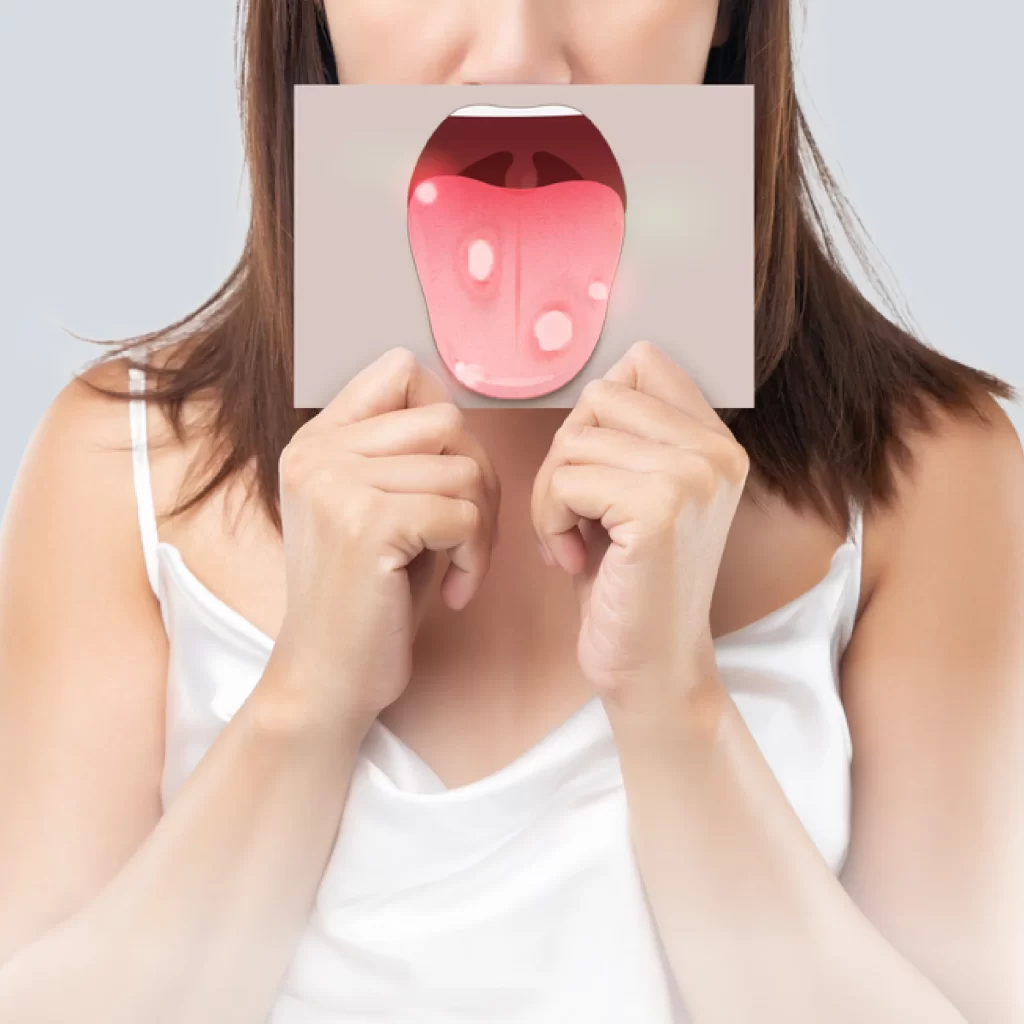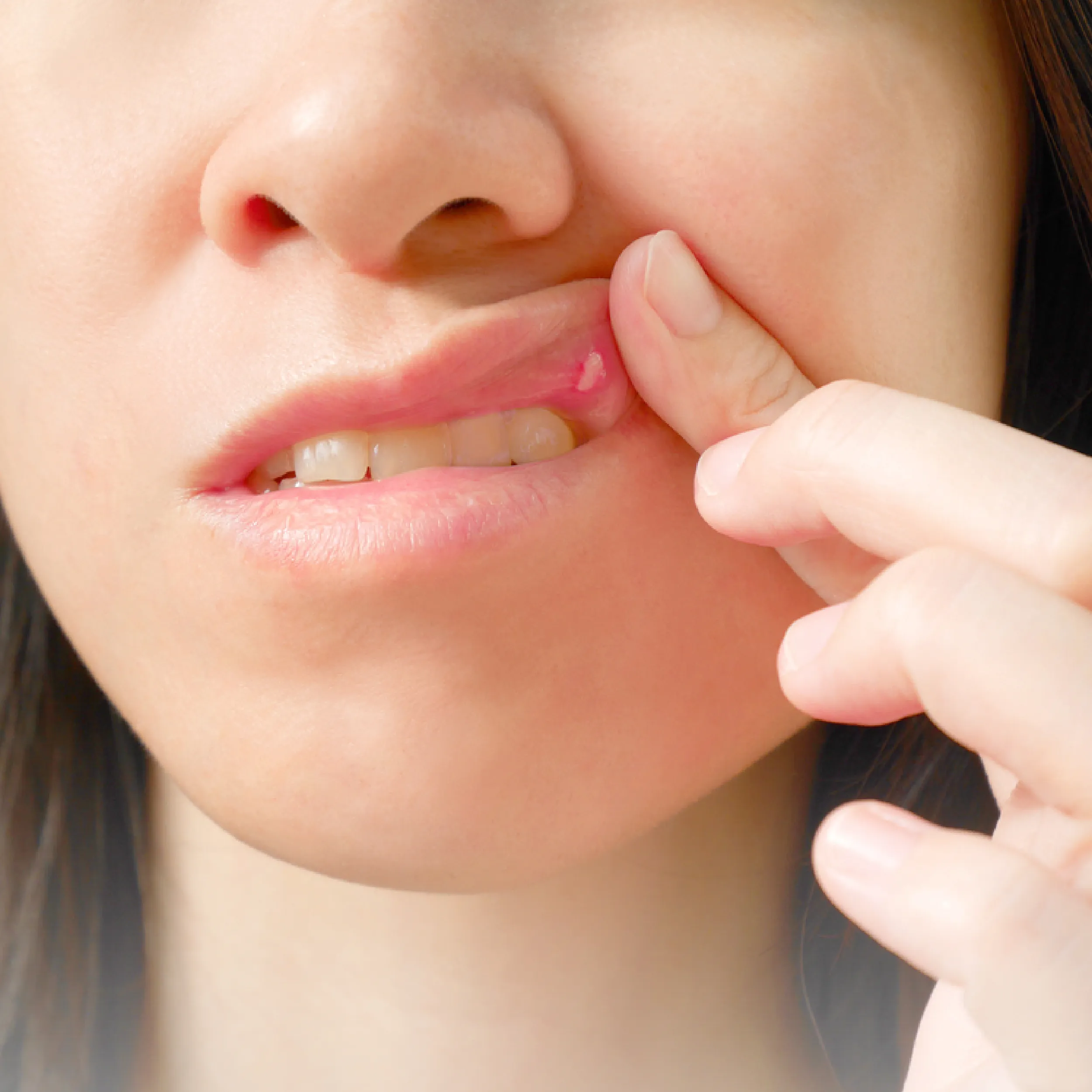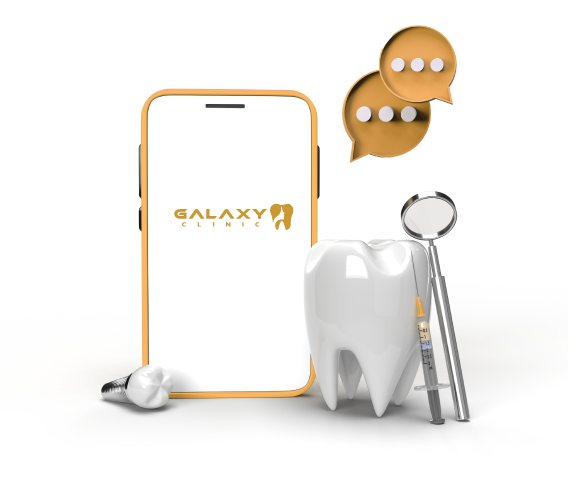Painful Mouth ulcers are small sores that form in your mouth or near the gumline, causing discomfort when eating, drinking, or speaking .These ulcers can take the form of canker sores or develop due to conditions like hand, foot, and mouth disease
These painful Mouth ulcers are seldom contagious and often resolve on their own within 1 to 2 weeks, even without intervention. However, if you experience a large, extremely painful mouth ulcers or one that persists without healing for an extended period, it’s advisable to consult a physician or dentist for guidance.
Causes of mouth ulcers
The exact cause of these painful mouth ulcers remains uncertain, but various risk factors and triggers have been identified.
Individuals designated female at birth, children, teenagers, and those with a family history of mouth ulcers are at a heightened risk of developing them.
Triggers may encompass:
- Minor mouth injuries resulting from dental procedures, vigorous brushing, sports-related accidents, or accidental biting.
- The presence of dental braces.
- Usage of toothpaste or mouthwash containing sodium lauryl sulfate (SLS).
- Allergic responses to bacteria presents in oral cavity .
- Mouth infections caused by bacteria, viruses, or fungi, such as hand, foot, and mouth disease.
- Sensitivity to acidic foods and beverages like strawberries, citrus fruits, pineapple, chocolate, and coffee.
- Specific nutrient deficiencies, notably in vitamin B9 (folate), vitamin B12, zinc, and iron.
- Hormonal fluctuations, such as those occurring during menstruation or pregnancy.
- Emotional stress.
- Inadequate sleep.
Additionally, painful mouth ulcers can serve as indicators of more severe underlying conditions that necessitate medical attention, including:
- Celiac disease
- Inflammatory bowel diseases like ulcerative colitis
- Diabetes
- HIV
Some autoimmune disorders such as lupus, oral lichen planus, and Behçet’s disease, a rare condition causing inflammation in blood vessels throughout the body. Some autoimmune disorders such as lupus, oral lichen planus, and Behçet’s disease, a rare condition causing inflammation in blood vessels throughout the body. Some autoimmune disorders such as lupus, oral lichen planus, and Behçet’s disease, a rare condition causing inflammation in blood vessels throughout the body. Some autoimmune disorders such as lupus, oral lichen planus, and Behçet’s disease, a rare condition causing inflammation in blood vessels throughout the body.
Mouth ulcers symptoms
Mouth ulcers symptoms

The symptoms of these painful mouth ulcers can vary depending on their underlying cause, but they typically manifest as:
The symptoms of these painful mouth ulcers can vary depending on their underlying cause, but they typically manifest as:
1-Ulcers can exhibit colors of yellow, white, or red.
2-Sores located inside the mouth, such as on the tongue, the insides of the cheeks, or the lips.
3-Red regions encircling the ulcers.
4-Increased pain when eating, drinking, or speaking.
5-It’s possible to have multiple mouth ulcers simultaneously. Generally, mouth ulcers are not contagious, unless they are triggered by an infection like hand, foot, and mouth disease.
6-Canker sores are the most prevalent type of mouth ulcer, affecting approximately 20% of people at some point. There are three primary categories of canker sores:
Minor Canker Sore:
Minor canker sores are small oval or round ulcers measuring less than 5 millimeters (mm) in size.
They typically heal within 1 to 2 weeks and do not leave scars.
According to DermNet New Zealand, approximately 80% of individuals with canker sores have the minor type, making it the most common.
Major Canker Sore:
Major canker sores are larger and deeper than minor ones, often exceeding 10 mm in size.
They have irregular edges and may take weeks or even months to fully heal.
Large canker sores may lead to lasting scars.
Herpetiform Canker Sore:
Herpetiform canker sores are pinpoint-sized and tend to cluster together, often appearing on the tongue.
Occasionally, these clusters may combine to create a more extensive and painful mouth ulcers.
Herpetiform canker sores have irregular edges but typically heal within 1 month without leaving scars.
They are referred to as “herpetiform” because they may resemble herpes sores, although they are not associated with herpes infection in any other way.
When to visit your doctor or dentist?
You will need to see the doctors if these ulcers get worse and any of these signs appear:
Extremely painful Mouth ulcers of unusually significant size
Fresh mouth ulcers emerging prior to the healing of existing ones
Sores exhibiting persistence for more than a 3-week period
Sores devoid of pain
Ulcers that spread onto the lips
Pain that cannot be alleviated with over-the-counter or natural remedies
Significant difficulties in eating and drinking caused by these painful mouth ulcers.
Elevated fever or episodes of diarrhea coinciding with the occurrence of mouth ulcers


